From jumping and retrograde hours to the famous tourbillon, the watch purist has always craved complication in his timepiece.
Here’s a run-down of some of the most used complications, along with a few prime examples of the craft at its best:
Related:
Are pocket watches making a comeback in 2015?
You need to own at least one of these watches before you die
Is a Patek Philippe really worth the money?
Tourbillon
This highly complex complication was created to combat the earth’s gravitational affects on the watches movement’s rate. Coming during a time when pocket watches were the style, the fact they spent the majority of their time in an upright position meant that their timekeeping was negatively influenced by gravity.
In the late 1700s, Abraham-Louis Breguet decided to enclose the balance, balance spring and escapement – the “heart” of the watch, in other words – in a small cage rotating on itself and completing a full revolution in one minute. This advancement – Breguet was granted the patent in 1801 – allowed the watch to successfully adopt vertical positions without losing time.
New challenges for the tourbillon came in the form of replicating the mechanism in smaller wristwatches, and although the most popular complication, it is considered a true mark of watchmaking excellence, with only a few manufactures able to successfully produce them.
Recent watchmaking brilliance has seen a new generation of tourbillon including those that rotate on multiple axes, as well as multiple tourbillon making it a complication that, although perhaps less necessary in today’s watchmaking industry, continues to enthrall and delight.
Jumping hours and indications
The jumping display is the alternative to the sweeping hands that are generally adopted to portray the passing of time. Whilst this design has undoubtedly resonated as it recalls the rotation of the planet and movement of the sun to indicate the passing of time, jumping hours have also proved popular and a great way for watchmakers to experiment with new design and style on the dial.
It’s also a style that’s proving increasingly popular in the modern market. Each new indication is viewed instantaneously through an aperture, meaning that each hour, the mechanism causes the disc to jump forward before blocking the position until the next hour passes. Some watches also adopt a jumping minutes mechanism, although this is slightly more rare.
Retrograde hours and indications
Something that is at the whim of a watchmaker’s creativity, retrograde hands sweep a section of a circle before springing back to their initial starting point to begin the movement again. This is a movement that Breguet used in the late 18th century for functions such as the equation of time or date.
Whilst not being one of the major movements which excite watch enthusiasts, the mechanism of rack, pawls, and springs, conceived and made with the greatest precision to drive the hands is extremely complex and impressive.
A. Lange & Söhne Zeitwerk Jumping Hour
The clean lines, intricate movement and limited production run of the Zeitwerk Jumping Hour from A. Lange & Söhne is sure to make it an instant hit with discerning collectors. Encapsulated within the 41.9mm case, available in both gold and platinum, the haute horologists from Glashütte, Germany, have produced a true alternative to the traditional ‘hands on’ method of telling time.
Above the rotating seconds display at the base of the case, the clearly legible hour and minute numerals jump to offer an entertaining alternative to rotating hands. The intricacy of the movement demanded to create such a simple way of displaying the time is a beautiful paradox that will not be lost on true horology aficionados.
The piece incorporates a constant-force escapement for switching step generation and controlled torque delivery. Limited to just 100 units, if you want one, best jump to it!
Details: visit alange-soehne.com
Chanel J12 Rétrograde Msytérieuse Tourbillon
To mark the 12th anniversary of its popular J12 collection, Chanel unveiled two true masterpieces and ensured their exclusivity by limiting the numbers to just 10 units of each. Highly distinctive, with the pop-up crown located within the case at the 3 o’clock position not to detract from the perfection of the 47mm circular case, the retrograde functions of the Rétrograde Msytérieuse Tourbillon are not just eye-catching, they are mesmerising.
The passage of minute hand is inhibited by the position of the crown, so when it reaches the ’10-past’ position, it begins its retrograde journey, moving anti-clockwise around the dial. The tourbillon cage is located at the 9 o’clock position, while a discrete power-reserve indicator occupies the 11 o’clock position.
Available in two limited editions; high-tech ceramic and 18-carat pink gold, or ceramic with white gold.
Details: visit chanel.com
Vacheron Constantin Patrimony Contemporaine Retrograde Day and Date
In releasing a new retrograde model into it Patrimony line, the house of Vacheron Constantin continued its ethos of purity and stylistic simplicity, while including sophisticated complications.
Within the 42.5mm pink gold case, the brand’s proprietary 2460R31R7 calibre is at the heart of the retrograde day and date indicators. In order to overcome the challenge of returning the hands in less than 1/10th of a second over an arc close to 180 degrees, Vacheron faced a significant challenge. To achieve this, a highly complex mechanism of light flexible alloys was produced to enable an instant release of an enormous amount of energy, allowing the hands to fly back in a fraction of a second with absolute precision.
Also water-resistant to 30m, this excellent timepiece features a sapphire back through which one can admire the movement’s finishing and decoration. As the name suggests, this is an heirloom that should be passed down from generation to generation.
Details: visit vacheron-constantin.com





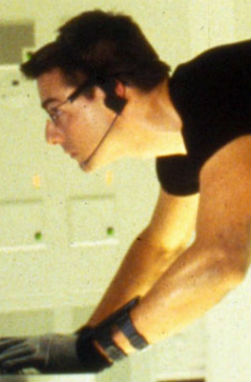














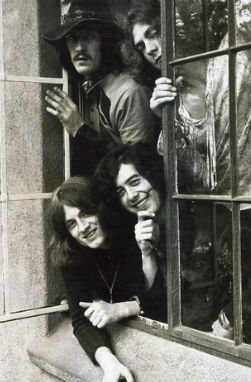
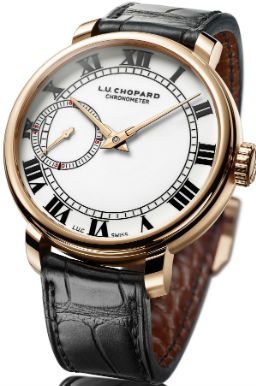
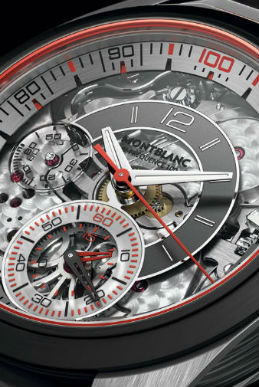


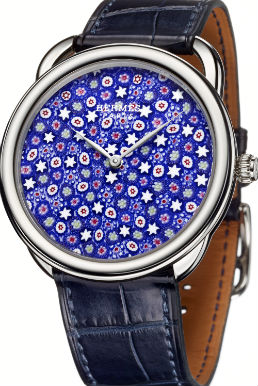















SHARES
Comments